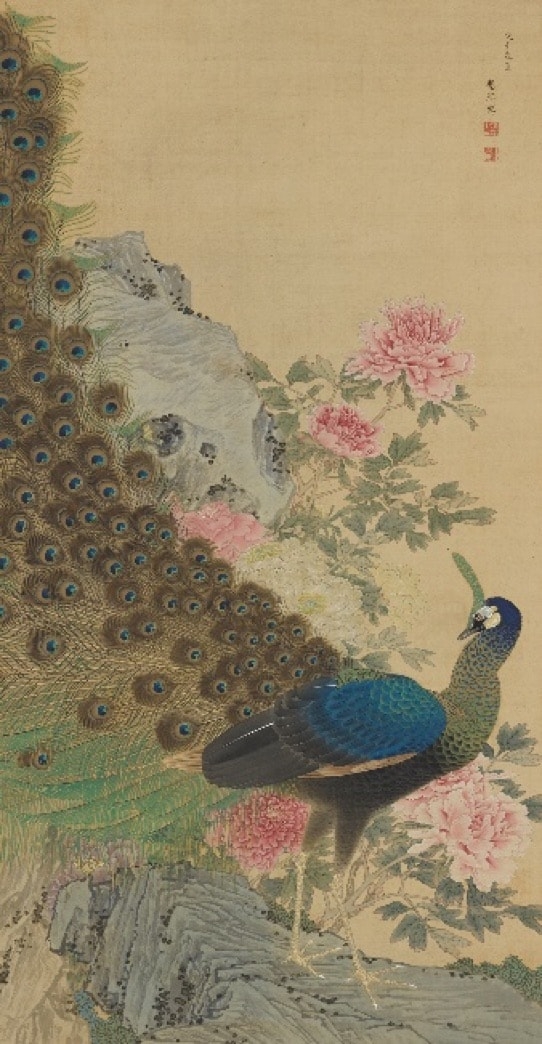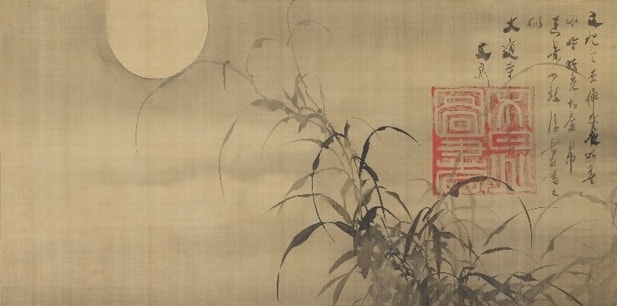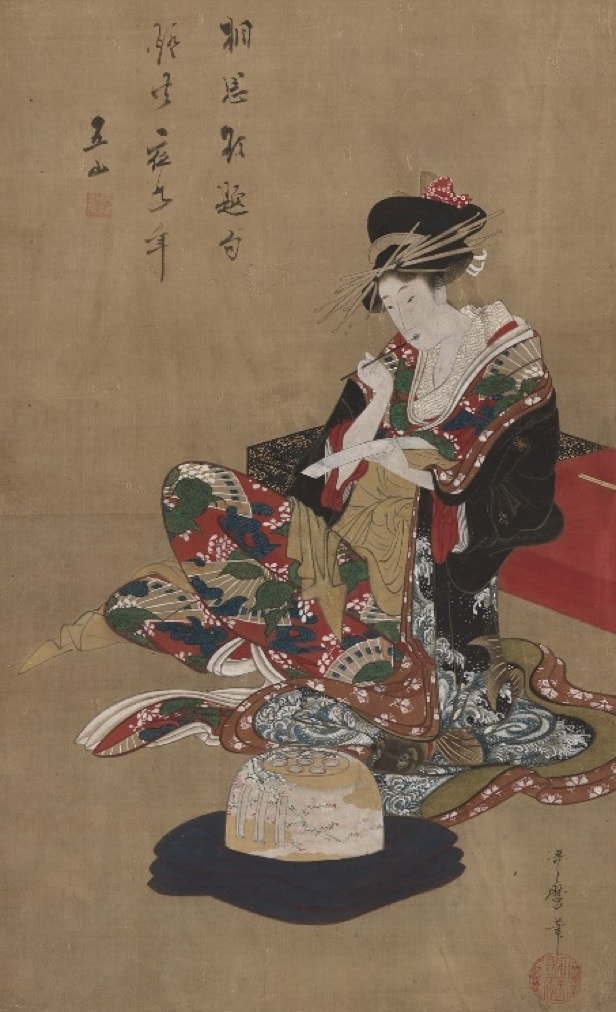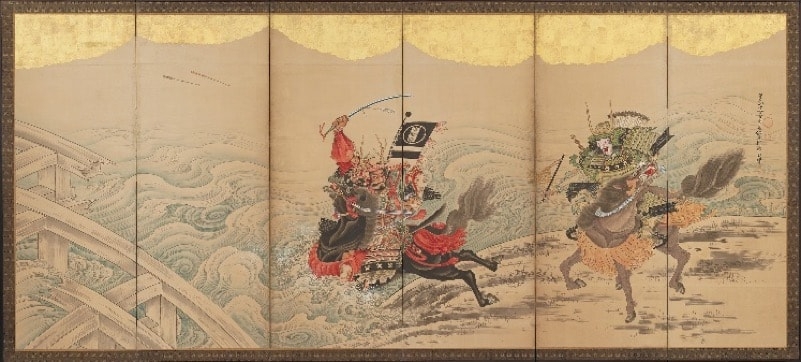The Enchanting World of Edo Art
“Focus on the collections”
Amidst the ongoing pandemic, it is important to indulge budding interests and longstanding passions, whether by exploring the arts or feeding some other curiosity—in other words, to remain actively engaged in the world while maintaining safe social distancing. In this spirit, the Japan Society hosted an online talk by Dr. Rachel Saunders entitled “Painting Edo: Early Modern Masterworks from the Feinberg Collection. Dr Saunders, who earned her PhD from Harvard University in 2015, is the Abby Aldrich Rockefeller Curator of Asian Art at the Harvard Art Museums, as well as a specialist in medieval narrative and sacred painting.
President and CEO of the Japan Society, Joshua Walker, expressed gratitude for past and present support: “Given that this talk focuses on artwork from the collection of Robert and Betsy Feinberg, here at Japan Society, we’ve also had the privilege of displaying these pieces from the Feinberg’s outstanding collection at some of our past exhibits. There’s a lot of strands of connection tonight and makes us feel like we have that kizuna, our deep connection/bond of family.”
Delighted with the turnout, Peter Kelley, President of the National Association of Japan-American Societies, offered a few words about the Richard J. Wood Art Curator Series, which began in 2015: “The idea was to highlight the importance of art in the US-Japan relationship, beginning in the 19th century and continuing to present day. We do that by inviting curators of collections of Japanese art in American museums to speak in cities apart from their home museums, to talk about the art collections and also about the collectors.” He described Richard J. Wood as an art lover with many connections to collectors: “It was he who said focus on the collections.”

Maruyama Ōkyo, Peacock and Peonies, Japanese, Edo period, 1768. Hanging scroll; ink, color, and gold on silk. Harvard Art Museums, Promised gift of Robert S. and Betsy G. Feinberg, TL42147.17. Image: John Tsantes and Neil Greentree; © Robert Feinberg.
“The same moon in the same sky on the same evening”
Painting Edo is the largest art exhibit in the history of the Harvard Art Museums and represents a watershed moment, with the sharing of an astonishing collection of early modern Japanese art. The works are drawn exclusively from the collection of Robert and Betsy Feinberg, who in their 50 years of collecting always made a point to welcome scholars and students from around the world to study their collection.
The exhibit of 120 works of art from Japan’s early modern Edo period (1615-1868), named for the new shogunate capital Edo, known today as Tokyo, offers the viewer a unique and immersive experience. While the museums are sadly closed due to the COVID-19 pandemic, the collection may be enjoyed online at the Harvard Art Museums’ webpage, including a number of virtual guided tours.
Dr. Saunders asks, “How was it that in the Edo Period, which was itself so scarred by multiple epidemics, earthquakes, volcanic eruptions, famines, and poor governance, that such an enormous wealth of beautiful paintings was produced. And what do they have to say to us today, in this moment, in 21st century North America.”
Providing us with a guided tour of the various sections of the exhibit, Dr. Saunders’ descriptions serve as a bridge linking us to the scenes depicted in the striking art, beginning with that of a harvest moon viewing party that took place on the banks of Edo’s Sumida River on August 15, 1817. Entitled “Grasses and Moon,” the magnificent painting by Tani Bunchō is deceptively simple: we see only the moon, a patch of reeds, and the painter’s oversized seal.
Even though there are no figures depicted, Dr. Saunders shines light on the veiled complexity: “The radical proximity of the river reeds, which are rising right out of the very front of the picture plane, one of which is high enough to just caress the bottom edge of the moon, conveys a powerful sense of fairness. There are no figures painted here; rather, the vantage point conveys the essence of the experience of being at this gathering and places you, the viewer, on the riverbank gazing up at the moon.”
The viewing of the harvest moon amongst friends represents “the idea that no matter how far we may be separated from those dear to us, distance alone cannot prevent us all from viewing the same moon in the same sky on the same evening.”

Tani Bunchō, Grasses and Moon, Japanese, Edo period, 1817. Hanging scroll; ink on silk. Harvard Art Museums, Promised gift of Robert S. and Betsy G. Feinberg, TL42147.38. Image: John Tsantes and Neil Greentree; © Robert Feinberg.

